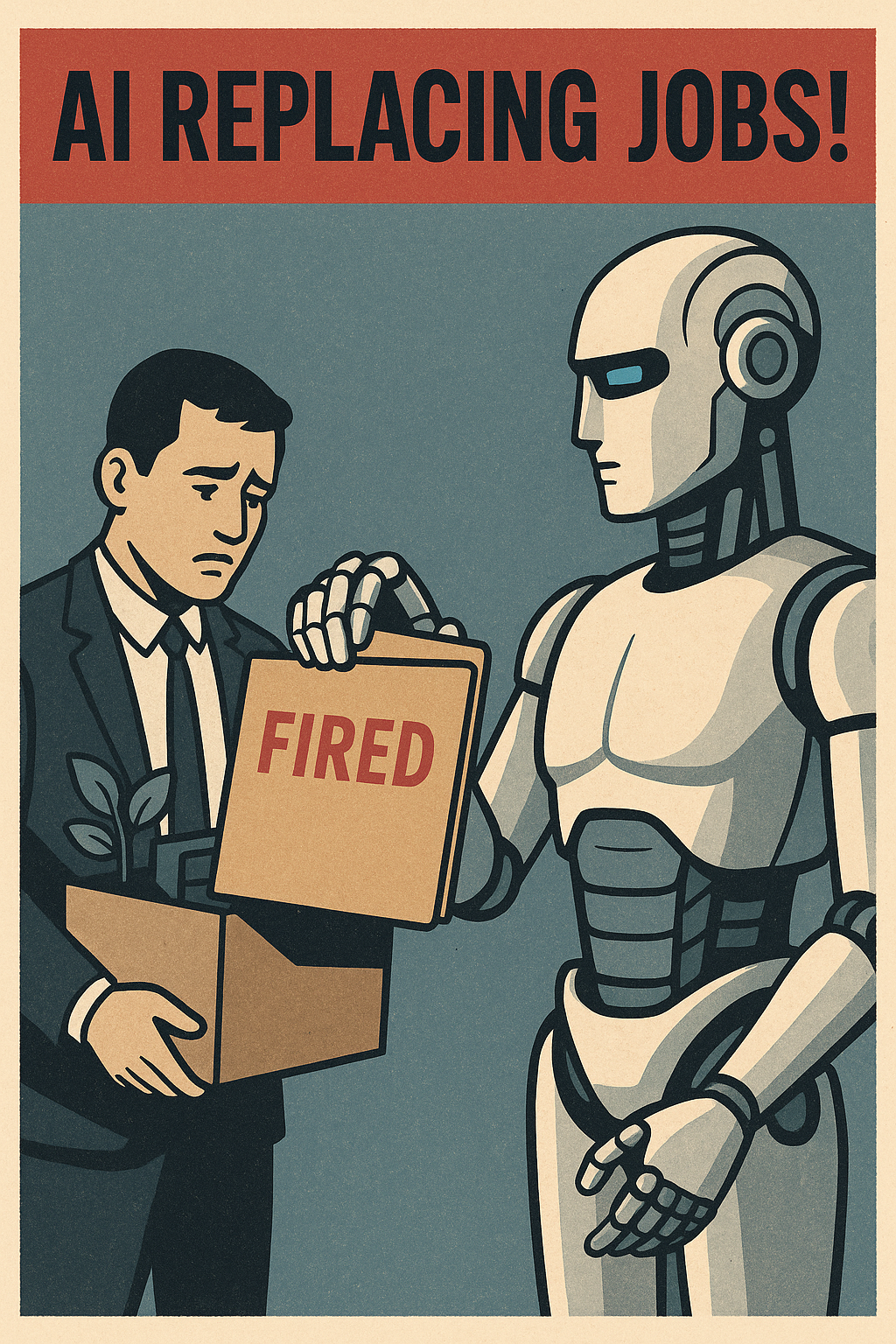Navigating the Architectural Landscape: Three-Tier, MVC, and Microservices
Navigating the Architectural Landscape: Three-Tier, MVC, and Microservices
In the world of software architecture, making the right choice can significantly impact your project's success. Three architectural paradigms - Three-Tier, Model-View-Controller (MVC), and Microservices - have garnered attention in various scenarios. In this article, we'll explore the key differences between these three approaches to help you make informed architectural decisions.
Three-Tier Architecture
Three-Tier Architecture, a time-tested structure, divides an application into three primary layers: presentation, logic, and data. Each layer has its unique role and responsibilities.
1. Presentation Layer (Front-end):
The presentation layer manages the user interface and interactions. It's where users engage with the application, and data is presented in a user-friendly manner.
2. Logic Layer (Middle-tier):
Often referred to as the application server, this layer houses the business logic and processing. It acts as a bridge between the presentation and data layers, handling requests and orchestrating the application's core functions.
3. Data Layer (Back-end):
The data layer, residing in the back-end or database server, is in charge of storing and managing data. It encompasses databases and data access mechanisms.
Three-Tier Architecture excels in organizing code and maintaining separation of concerns. It has been the go-to choice for many traditional web applications.
Model-View-Controller (MVC) Architecture
MVC is a design pattern rather than a full-fledged architecture, but it plays a crucial role in organizing code and fostering separation of concerns.
1. Model:
The Model represents the application's data and business logic. It encapsulates data operations and interacts with the database.
2. View:
The View is responsible for rendering the user interface and displaying data to users. It's the part of the application that users interact with directly.
3. Controller:
The Controller handles user input, orchestrates actions based on that input, and communicates with the Model to update data. It serves as the intermediary between the Model and the View.
MVC is particularly popular in web development frameworks like Ruby on Rails, Django, and Spring. It offers a clear separation of concerns and enhances maintainability and scalability.
Microservices Architecture
Microservices Architecture is a more recent approach that excels in addressing the challenges posed by modern, distributed systems and agile development practices.
1. Independence of Services:
In Microservices Architecture, an application is divided into small, independent services, each dedicated to a specific function or capability.
These microservices operate autonomously with their databases, development teams, and deployment pipelines.
2. Decentralized Communication:
Microservices communicate through lightweight protocols (e.g., HTTP/REST or messaging) instead of direct method calls.
This flexibility allows individual services to be developed, scaled, and updated independently.
3. Scalability and Resilience:
Microservices can be scaled independently to handle varying workloads, enhancing overall application scalability.
Failures in one microservice do not necessarily impact the entire application, increasing resilience.
In summary, each architectural approach - Three-Tier, MVC, and Microservices - has its strengths and weaknesses. Three-tier architecture offers a structured and organized design for traditional applications. MVC brings modularity and separation of concerns, particularly to web applications. Microservices Architecture is suited for complex, rapidly evolving systems where agility and scalability are paramount.
Choosing the right architecture depends on your project's specific requirements and constraints. A thorough understanding of these architectural paradigms will empower you to make informed decisions aligned with your project's objectives and goals.



Comments
Post a Comment